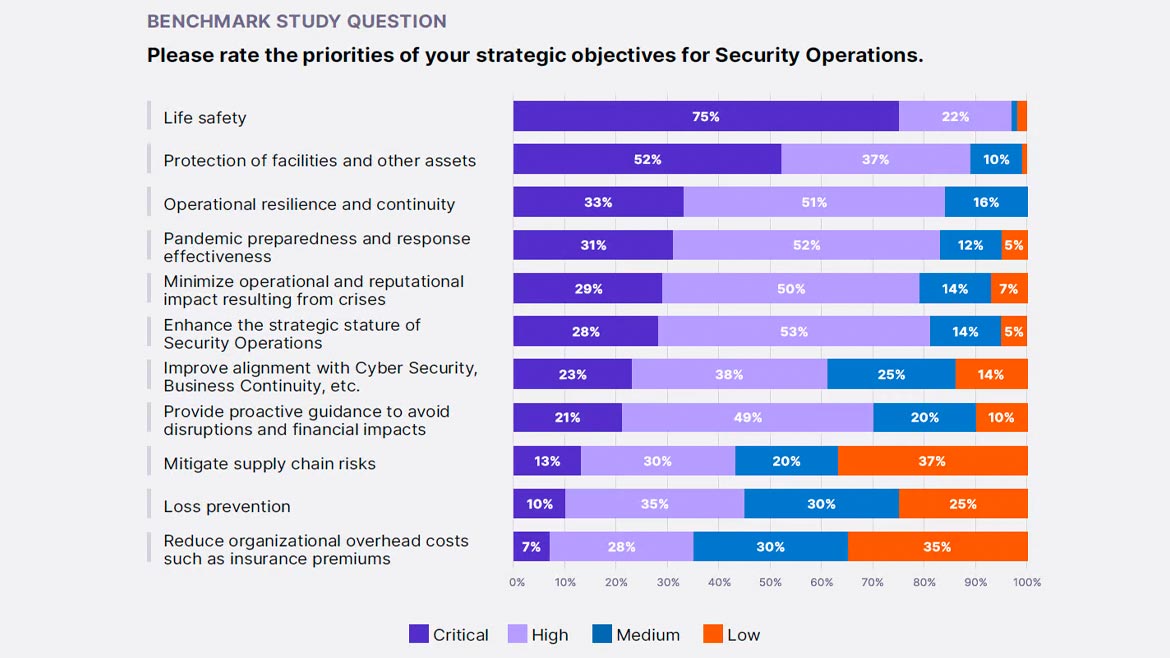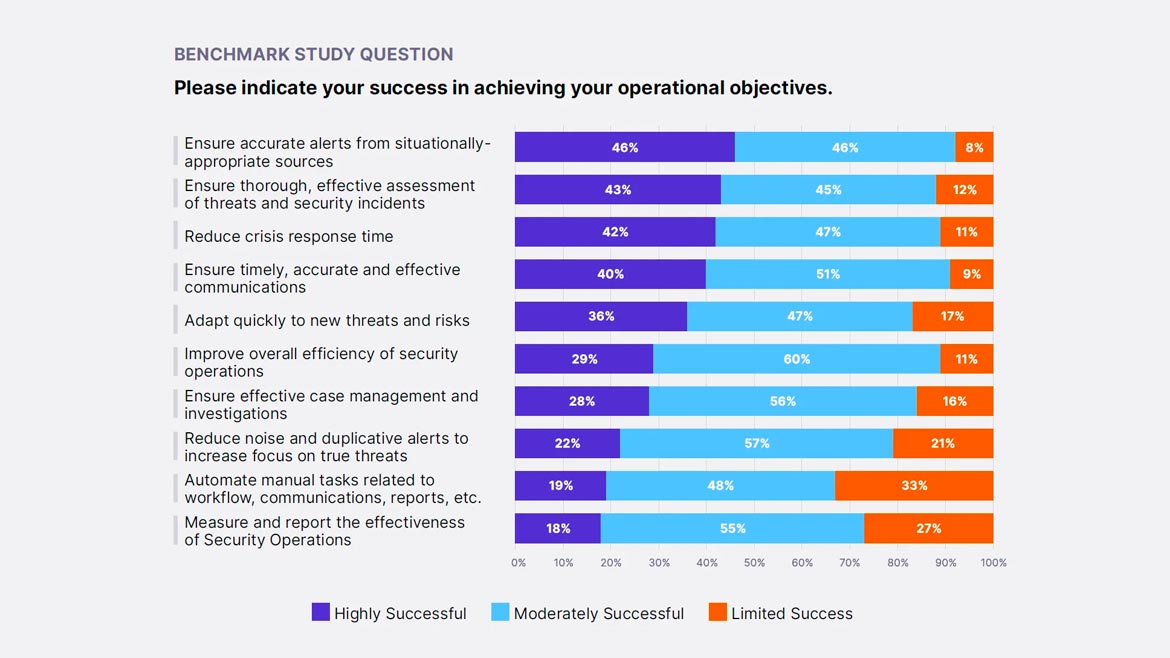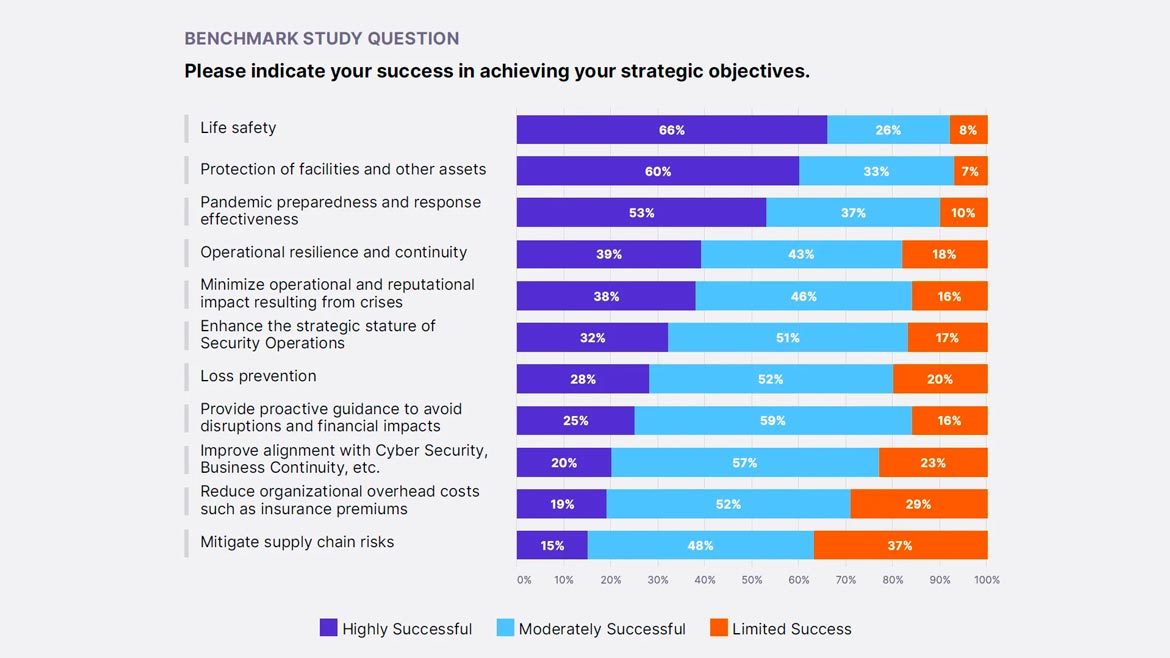Global News
Executive support highly correlates with security operations success

Security operations are a critical priority for organizations and their executives. Yet, nearly one-third of executives treat security operations as either a low priority — important only during a crisis, or a medium priority — existing primarily to satisfy compliance and regulatory requirements, according to the Topo.ai 2022 Security Operations Benchmark Study, which surveyed security operations professionals, with 84% of the participants in an executive or leadership role.
Executive support and buy-in is an organizational attribute widely regarded as essential to success, the report found. A key question in the 2022 SecOps Benchmark Study examined how senior executives prioritize security operations. Seventy percent of those executives indicate their security operations (SecOps) are a critical or high priority for their organization’s executives. In contrast, 30% of participants indicated that SecOps is a low or medium priority for their senior executives.
Executives ranked the importance of their operational objectives, which are related to the tasks performed within the SecOps team and are primarily related to efficiency. Only the top three operational objectives (seen below) are ranked as critical by more than 50% of study participants.

*Click the image for greater detail
Respondents also ranked the importance of their strategic objectives, which are related to the overall mandate for the SecOps team and their deliverables to the organization. They are most closely aligned with the measure of effectiveness. Life safety and protection of facilities and other assets are the only strategic objectives ranked as critical by more than 50% of study participants.

*Click the image for greater detail
Study participants also ranked their success in achieving operational objectives. None of the operational objectives are ranked as “highly successful” by more than 50% of respondents

*Click the image for greater detail
The top three objectives with a high degree of success are:
- Ensure accurate alerts from situationally appropriate sources
- Ensure thorough, effective assessment of threats and security incidents
- Reduce crisis response time

*Click the image for greater detail
Study participants ranked their success in achieving their strategic objectives. More than 50% of study participants were highly successful with three of the four top-priority strategic objectives.
The top three objectives with a high degree of success are:
- Life safety
- Protection of facilities and other assets
- Pandemic preparedness and response effectiveness
Technology, threats, geopolitics and ideology continue to evolve and require security practitioners to update strategies, tactics, operations and policies, as well as ensure that executives prioritize security to achieve success in security operations.
For the full report, click here.
The report examined other participants’ responses who successfully met these operational objectives and identified correlations with SecOps and organizational attributes.
The report examined success with these strategic objectives and correlated them with SecOps and organizational attributes.
Looking for a reprint of this article?
From high-res PDFs to custom plaques, order your copy today!







